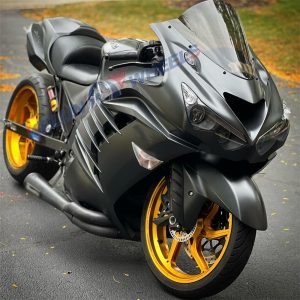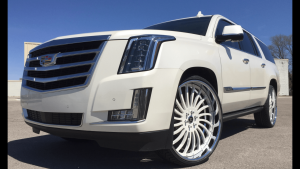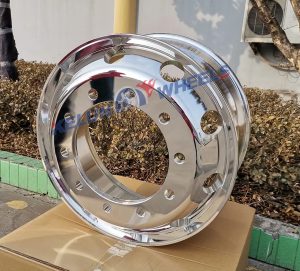Sample text
-
whatsapp: +8616696837711
-
wheelim@kelunautoparts.com
-
营业时间 24H
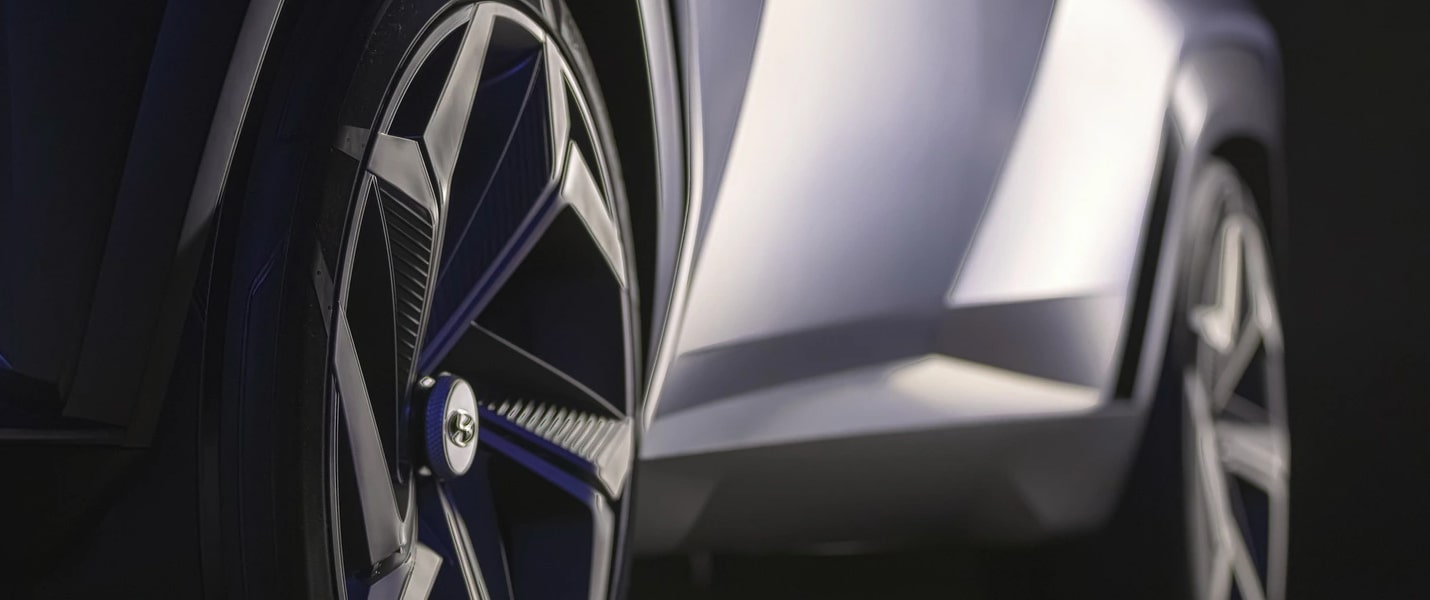
“How to choose the right wheels for your car?”
Choosing the right wheels for your car involves considering several factors to ensure they meet your needs in terms of performance, aesthetics, and safety. Here’s a step-by-step guide to help you make the right choice:
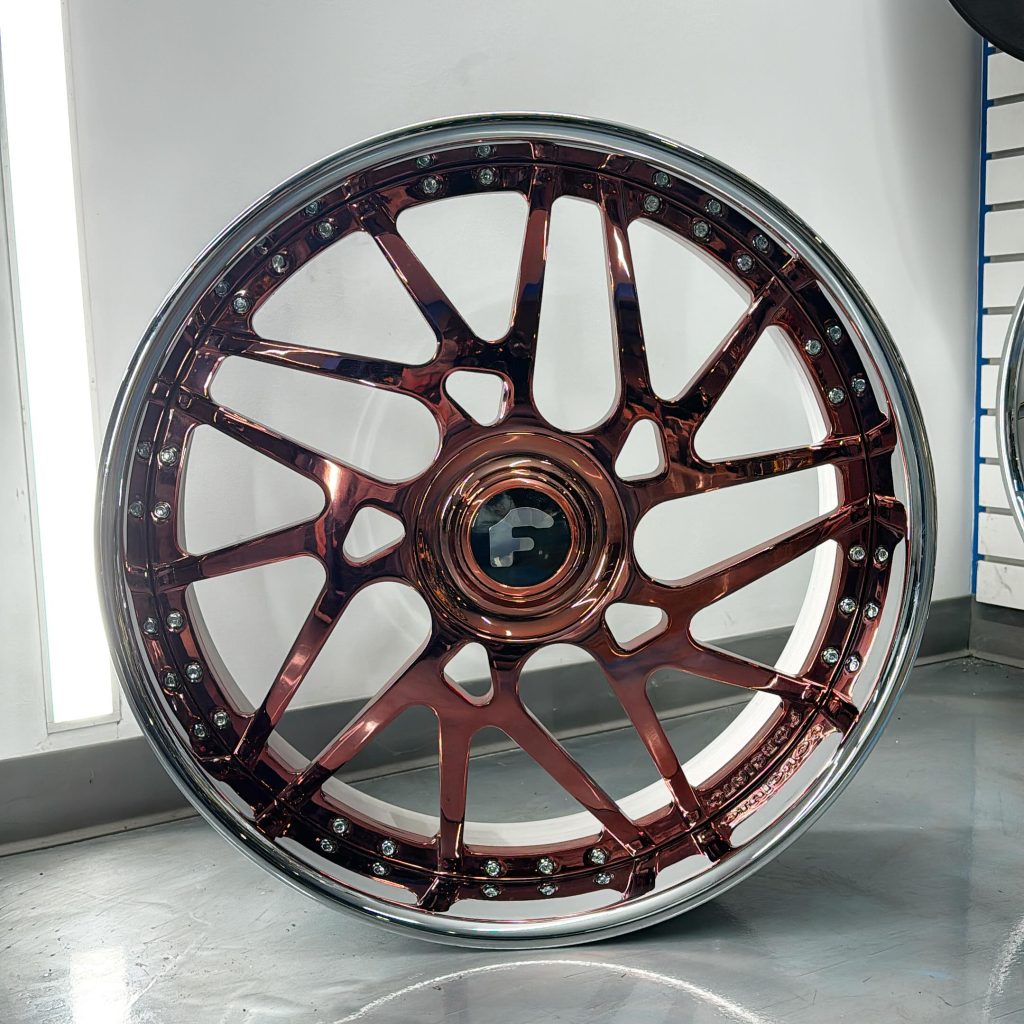
1. Understand Your Car’s Specifications
- Bolt Pattern (PCD): Ensure the wheels match your car’s bolt pattern (the number of bolts and the diameter of the circle they form).
- Wheel Size: Check your car’s manual for the recommended wheel size (diameter and width). Common sizes are 15”, 16”, 17”, etc.
- Offset: The distance between the wheel’s mounting surface and its centerline. Incorrect offset can cause rubbing or handling issues.
- Load Rating: The wheels must support your car’s weight. Check the manufacturer’s specifications.
- Center Bore: The hole in the center of the wheel must fit your car’s hub perfectly to avoid vibrations.
2. Consider the Material
- Alloy Wheels: Lightweight, stylish, and improve performance and fuel efficiency. Common materials are aluminum or magnesium.
- Steel Wheels: Durable and affordable, but heavier and less stylish. Often used for winter tires.
- Forged vs. Cast: Forged wheels are stronger and lighter but more expensive. Cast wheels are more affordable and widely available.
3. Choose the Right Size
- Diameter: Larger wheels can improve handling and aesthetics but may reduce ride comfort and increase costs.
- Width: Wider wheels provide better grip but may affect fuel efficiency and cause rubbing if too wide.
- Tire Compatibility: Ensure the wheels are compatible with your tire size.
4. Match Your Driving Needs
- Performance: Choose lightweight, durable wheels for better acceleration, braking, and handling.
- Off-Road: Opt for strong, durable wheels with a higher load rating.
- Winter Driving: Steel wheels are often preferred for winter due to their durability in harsh conditions.
- Everyday Driving: Focus on comfort, durability, and cost-effectiveness.
5. Consider Aesthetics
- Design: Choose a style that complements your car’s look (e.g., spoke design, color, finish).
- Finish: Options include painted, polished, chrome, or matte finishes.
- Brand: Some brands are known for specific styles or performance characteristics.
6. Check Local Regulations
- Ensure the wheels comply with local laws regarding size, offset, and protrusion beyond the fender.
7. Budget
- Set a budget that includes the cost of wheels, tires, and installation. Remember, higher-quality wheels may cost more upfront but can save money in the long run.
8. Consult a Professional
- If unsure, consult a mechanic or wheel specialist to ensure compatibility and proper fitment.

By considering these factors, you can choose wheels that enhance your car’s performance, safety, and appearance while staying within your budget.


